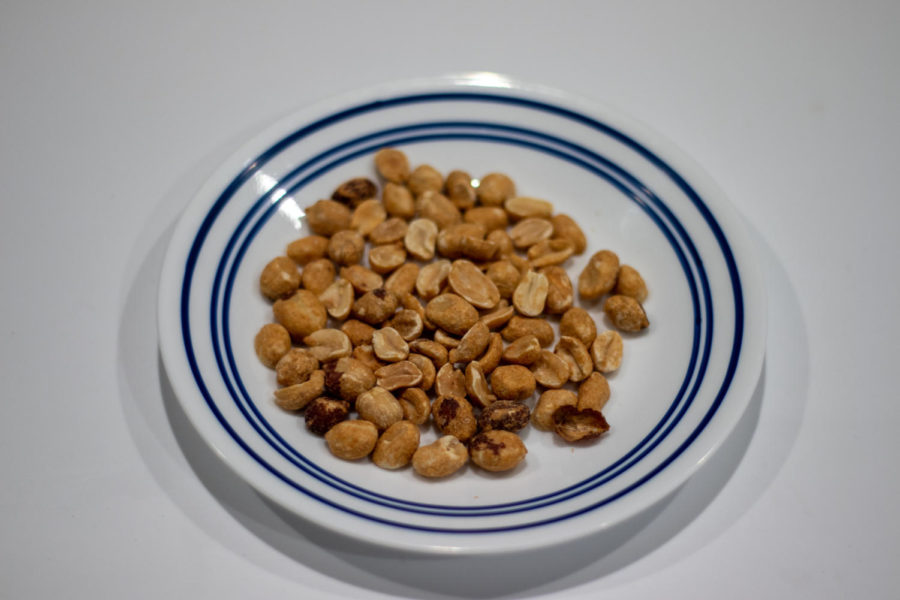Every three minutes, a food reaction sends someone in the U.S. to the emergency room. At present, no cure exists for food allergies, but one UChicago professor is trying to change that.
Spearheading research on food allergies and other non-communicable diseases is Cathryn Nagler, the Bunning Food Allergy professor in the Pritzker School of Molecular Engineering. She leads a research lab on campus that investigates food allergies and the gut microbiome, which plays a key role in regulating immunity. She is also the co-founder of ClostraBio, a company she co-founded in 2016 with Jeffrey Hubbell, a professor in tissue engineering at UChicago.
Her latest breakthrough lies with creating a molecule that helps protect mice from anaphylactic reactions to peanuts. Nagler was a senior author on a paper titled, “Treatment of peanut allergy and colitis in mice via the intestinal release of butyrate from polymeric micelles.” The research, published in Nature Biomedical Engineering in December 2022, argues for the introduction of a specific bacterial product to the gut,
In an interview with The Maroon, Nagler attributed the rise of many non-communicable diseases, including food allergy and inflammatory bowel disease, to a shift in the nutrition of the American diet over the past few decades. This shift led to changes in people’s microbiome and a decrease in the bacterial diversity in the human gut.
“One population of bacteria that we’ve depleted is the population that protects the epithelial barrier in the gut and protects us against these diseases,” Nagler said.
One such bacteria, which is now less common in the American diet, produces butyrate through the fermentation of dietary fiber. Butyrate is a metabolite, meaning that it plays a role in metabolism. It’s also associated with preventing food allergies.
Introducing bacteria that ferments dietary fiber into the gut is difficult because these bacteria die in the presence of oxygen.
“Our approach has been not to try and transfer back in the missing bacteria,” Nagler said. “Many labs have tried to do that.”
However, if one could simply introduce butyrate, not the bacteria that produces it, into the human gut, then delivery to the colon might be more feasible, Nagler explained.
Scientists have previously attempted to introduce butyrate to the human body, either orally or rectally, but this method is difficult because it never reaches the part of the colon that it is needed in, Nagler said. There is also a foul taste and smell associated with this method.
Instead, Hubbell developed a new patented polymer delivery system, which mixed butyrate with polymers so that it could travel through the stomach before being released in the gut. Nagler described this novel polymer as their “secret sauce.”
So far, this polymer delivery system has proven successful in tests on mice, and Nagler’s current hope is for their process to be approved by the Food and Drug Administration (FDA) and for human test participants to begin trying their system of butyrate delivery.
She said the prospects of future study are promising now that their company, ClostraBio, has become independent.
The experiment is reaching its human testing phase, and with investors and FDA approval, the project may be able to help decrease the prevalence of non-communicable diseases.
“We already have an initial meeting with the FDA. We’re completing all of those studies. We should have them done in about a year,” Nagler said. “So the only thing that will keep us from going to the clinic is raising enough money to do the clinical trials.”








